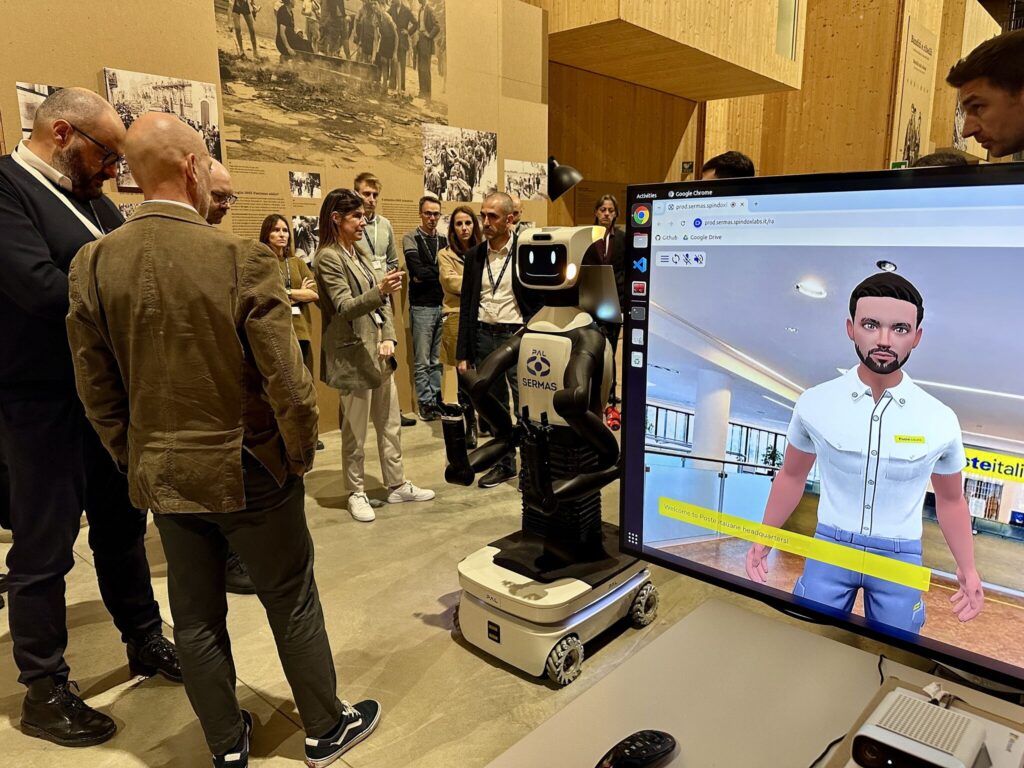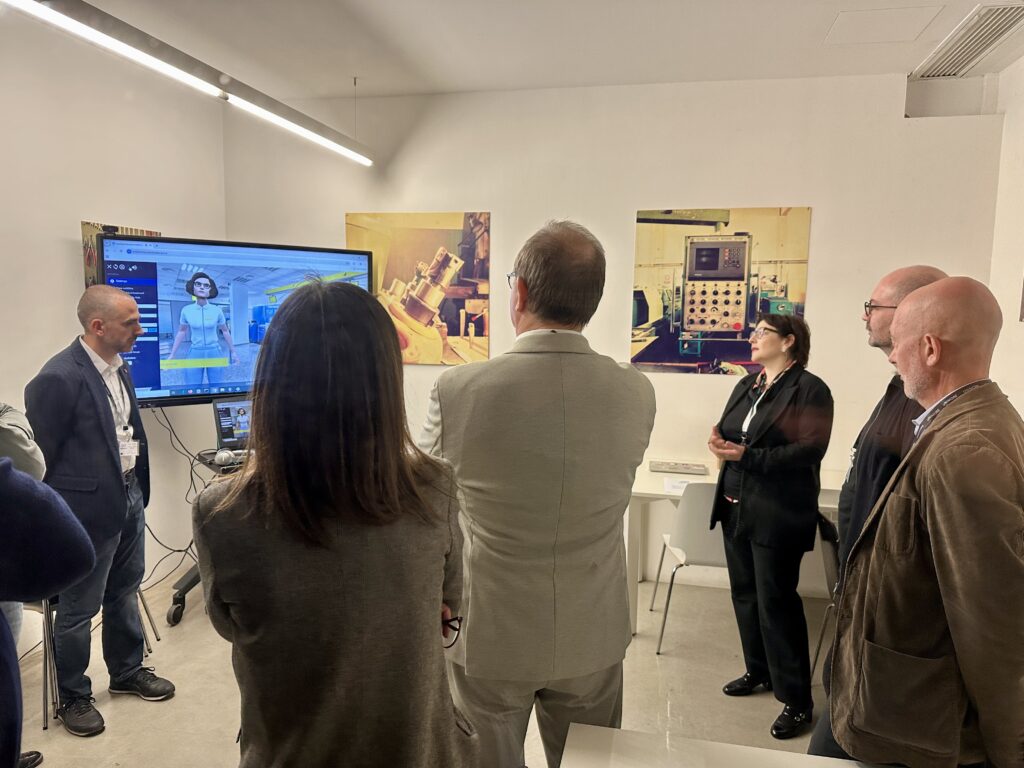Every story has an end, and SERMAS is no different. Our three-year journey reached its conclusion on 31 October (yes, on Halloween, although the only ghosts we left behind were the “ghosts” of old problems solved by our Toolkit’s technology).
Our project was implemented by a consortium of eight partners, including four universities (UNIMORE, Technische Universität Darmstadt, King’s College London, and University of Applied Sciences and Arts of Southern Switzerland), one system integrator (Spindox Labs), one cascade funding manager (F6S), and two companies acting as XR adopters (DW Innovation and Poste Italiane), spanning five countries: Italy, Germany, UK, Ireland, and Switzerland.
We focused on developing three main pilots. Pilot 1: Security Agent developed a security agent for journalists, providing tailored and practical training via virtual, partially AI-driven XR assistants and socially acceptable avatars, designed to scale up the broadcaster’s training programmes. Pilot 2: Post Office Agent focused on customer reception at post offices, enabling agents to interact with customers by combining touch and voice, offering multilingual support and personalized conversations. Pilot 3: Receptionist Agent is a system designed to work as a Receptionist Agent and assist users by providing a series of services like granting physical access to company headquarters/offices, giving general information, and providing details about conferences and meeting rooms, among others. It detects a user’s presence, initiates automatic interaction, greets and assists users, facilitates a face-to-face friendly connection, and helps reduce workload.
The technological core of the project is the SERMAS Toolkit, a set of features that developers use for creating new applications, providing necessary resources like GPUs and storage, and the SERMAS Agent, which was used in our pilots and is defined as software that acts on a user’s or other systems’ behalf.
We significantly contributed to the ecosystem through two open calls, granting EUR 1,020,000 to Third Parties to integrate new technologies, deploy pilots, and demonstrate SERMAS’s value proposition. The eight winning sub-projects were: 3DforXR (AI-based 3D object generator for XR applications), 3Dify (Automatically Turning 2D Human Images into Animated Customizable Avatars with Emotions), ALIVE (Avatar Liveness for Intelligent Virtual Empathy), LANGSWITCH (Multilingual Automatic Speech Recognition in noisy environments), PRINIA (Privacy-Preserving Facial Recognition in Extended Reality), AIM (Augmented Reality Assisted System for Energy Infrastructure Management), XR-SHIELD (eXtended Reality-based Ship Hull Inspection and Enhanced Life-cycle Diagnostics), and eXtendRCity (Socially Acceptable XR Technology Demonstrator with Virtual Assistant for Cultural Engagement and Urban Development).
We had the opportunity to meet some of the teams at Stereopsia 2025, which was a great experience, and overall, seeing their innovative work come to fruition throughout the project was very rewarding. These efforts, alongside our core activities, resulted in building a community of 600+ members, achieving a presence at more than 25 events, and contributing over 30 Scientific Publications to the scientific community.
But our journey was defined by more than just work! We were a consortium that definitely knew how to have fun together. Games like flick, flock, and Azul and other board games were a big part of the free time during our in-person consortium meetings. We helped each other out, had constructive discussions, brainstormed like crazy, and got involved in every part of the project to make it the best possible outcome. Seriously, teamwork made the dream work, and we think that old cliché is absolutely true.




